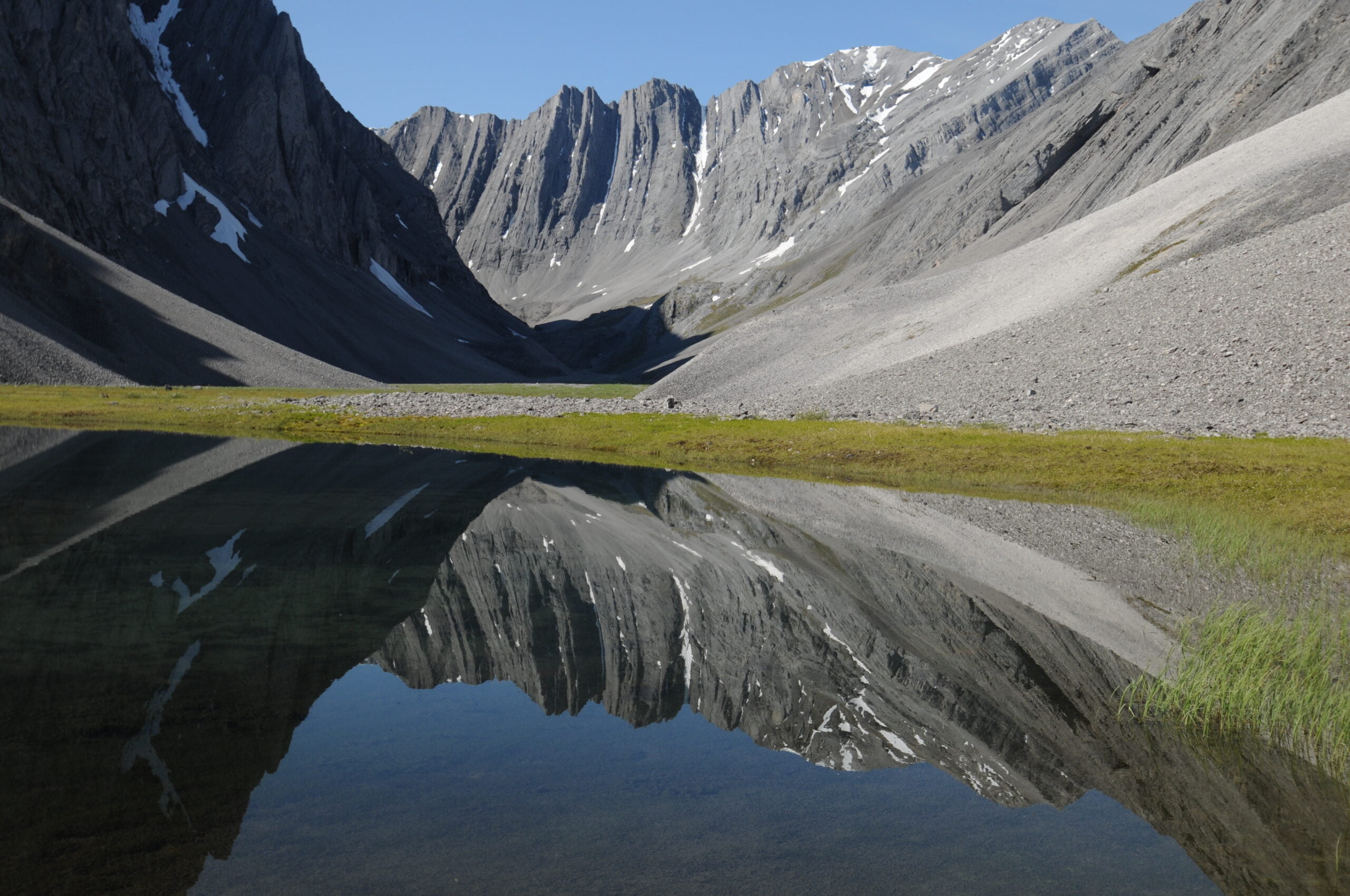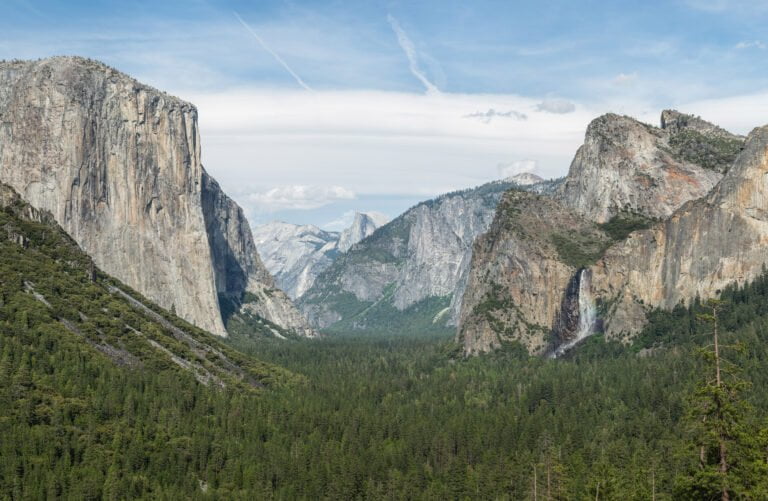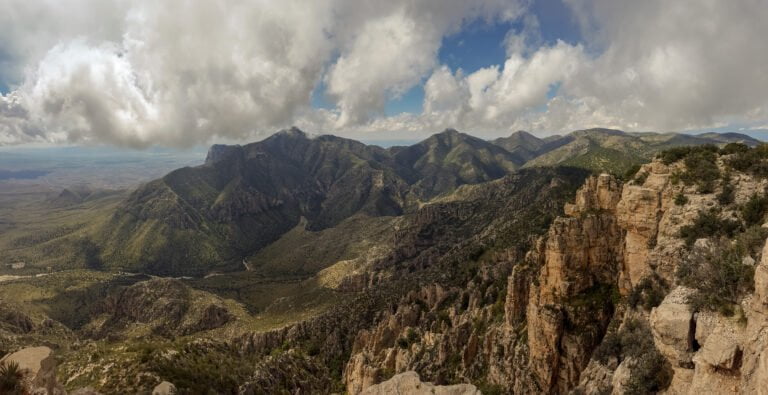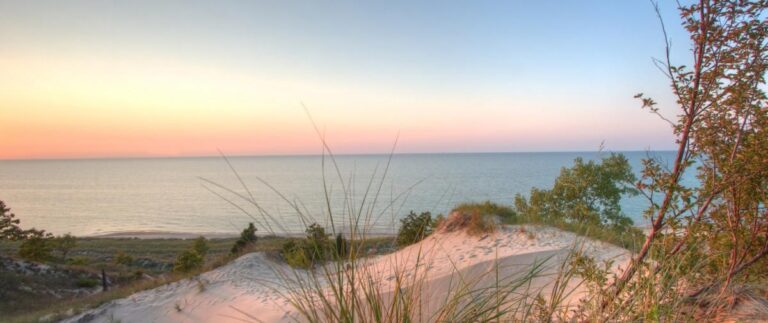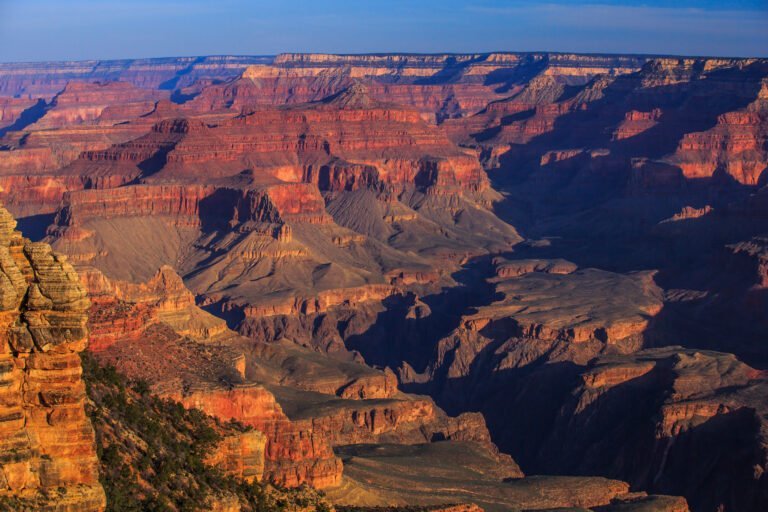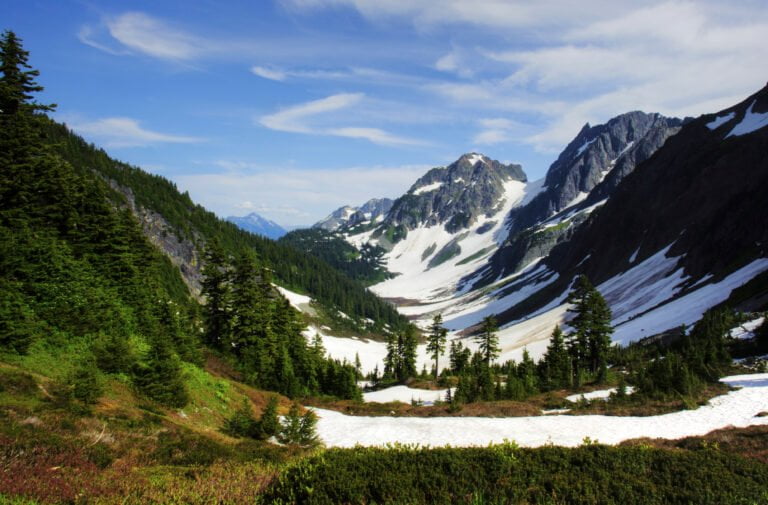Gates of the Arctic National Park
Gates of the Arctic National Park and Preserve, encompassing a sprawling 8.47 million acres, stands as an awe-inspiring testament to the untamed wilderness of Alaska. Established in 1980, this park offers visitors an unparalleled opportunity to immerse themselves in the beauty and challenges of the northern wilderness.
As you plan your journey to this remote wonder, understanding the guidelines for firearms and hunting within the park is essential. This article delves into the regulations, precautions, and unique aspects of firearms and hunting within the Gates of the Arctic National Park.
Firearms Information: Ensuring Safety and Responsibility
Carrying Firearms: A Right and a Responsibility
Visitors to the Gates of the Arctic National Park are permitted to carry and discharge firearms lawfully throughout the park and preserve. However, the park emphasizes the importance of responsible gun carry. While having a firearm can provide a sense of security, it’s crucial to remember that it should not replace precautionary measures against potential dangers, especially from bears.
Firearms and Bear Safety
The wilderness of Gates of the Arctic is a bear country, and encountering bears is a possibility. It’s important to note that solely relying on firearms for self-defense is not recommended. Carriers of firearms are expected to be proficient in their use, but even so, firearms should not be the primary line of defense against bears.
Proficiency and Responsibility
The park highlights the importance of firearm proficiency. Visitors carrying firearms should be knowledgeable and skilled in their use. Accidentally shooting an animal or causing harm to wildlife is taken seriously, and those responsible will be held accountable. For those unfamiliar with firearms, it’s advised to refrain from carrying one to prevent potential accidents.
The Limits of Firearms
While firearms are allowed for self-defense, good judgment and avoidance of bears are paramount. Only in dire emergencies should firearms be used as a last resort. Bears can approach within 10 feet before fleeing, emphasizing the need for caution and awareness.
Hunting Regulations: Balancing Conservation and Recreation
Distinct Regulations for Park and Preserve
While sport hunting and trapping are permitted within Gates of the Arctic National Preserve, these activities are not allowed within the boundaries of Gates of the Arctic National Park. This differentiation ensures a balance between conservation efforts and recreational opportunities.
Responsible Hunting
Hunting and trapping in the preserve are subject to stringent regulations and require proper permits, aligning with state laws. This joint management by the National Park Service and the State of Alaska aims to maintain a sustainable balance between human activity and wildlife preservation.
Discovering Gates of the Arctic National Park
Unveiling the Arctic Wilderness
Gates of the Arctic National Park and Preserve offers a unique experience, guarding a portion of the Brooks Range in Alaska. Spanning over 8 million acres, this park stands as the second-largest in the United States, its expansiveness rivaling that of Belgium.
A Historical Journey
Originally designated a national monument in 1978, the park’s status was elevated to that of a national park and preserve in 1980 with the Alaska National Interest Lands Conservation Act. This shift affirmed its importance in safeguarding the region’s natural wonders and firearm policies.
Noatak Wilderness: A Majestic Neighbor
Adjacent to the park lies the Noatak Wilderness, combining to form the largest connected wilderness area in the United States. This vast expanse provides a haven for diverse wildlife and offers visitors a chance to experience pristine natural landscapes.
Planning Your Visit
Timing Matters: Best Months to Explore
To fully experience the magic of Gates of the Arctic National Park, plan your visit between June and July. These months offer more favorable weather conditions and extended daylight hours, ensuring a memorable and comfortable adventure.
Visitor Information
Visitors are not required to pay any entrance fees or register to access the park. However, stopping by one of the park’s visitor centers is recommended to receive essential orientation on backcountry exploration. For those planning to explore multiple national parks, the America The Beautiful Annual Park Pass is a cost-effective option.
Visitor Centers: Your Gateway to Exploration
Three visitor centers offer valuable information and assistance for an enriching experience:
- Fairbanks Alaska Public Lands Information Center
- Address: 101 Dunkel Street, Fairbanks, AK 99701
- Phone: (907) 459-3730
- Hours: Daily 8:00 AM–5:00 PM
- Bettles Ranger Station and Visitor Center
- Address: Airport Rd, Bettles, AK 99726
- Phone: (907) 692-5494
- Hours: Daily 8:00 AM–5:00 PM
- Arctic Interagency Visitor Center
- Address: Milepost 175 of the Dalton Highway, Coldfoot, AK 99701
- Phone: (907) 678-5209
- Hours: Temporarily Closed (Daily 12:00 PM–8:00 PM)
Be sure to verify seasonal closures and operational hours before visiting.
Conclusion
Gates of the Arctic National Park and Preserve invites adventurers to embrace the grandeur of Alaska’s wilderness. With responsible firearm usage and hunting practices, visitors can harmoniously coexist with the park’s natural inhabitants. By following guidelines and respecting the rules, you’ll not only experience the beauty of the park but also contribute to its preservation for generations to come.
FAQs;
Q1. Can I carry firearms in Gates of the Arctic National Park?
Yes, firearms can be carried lawfully, but responsible use and proficiency are emphasized.
Q2. Can firearms be relied upon for bear safety?
While firearms are allowed, they should not replace precautions against bears; bear safety measures are essential.
Q3. Is hunting allowed in the park and preserve?
Hunting is allowed in the preserve with permits, but not in the park itself.
Q4. When is the best time to visit the park?
The months of June to July offer the best weather and daylight conditions for exploration.
Q5. Are there entrance fees to the park?
No, there are no entrance fees, but visitors are encouraged to stop by visitor centers for orientation.
